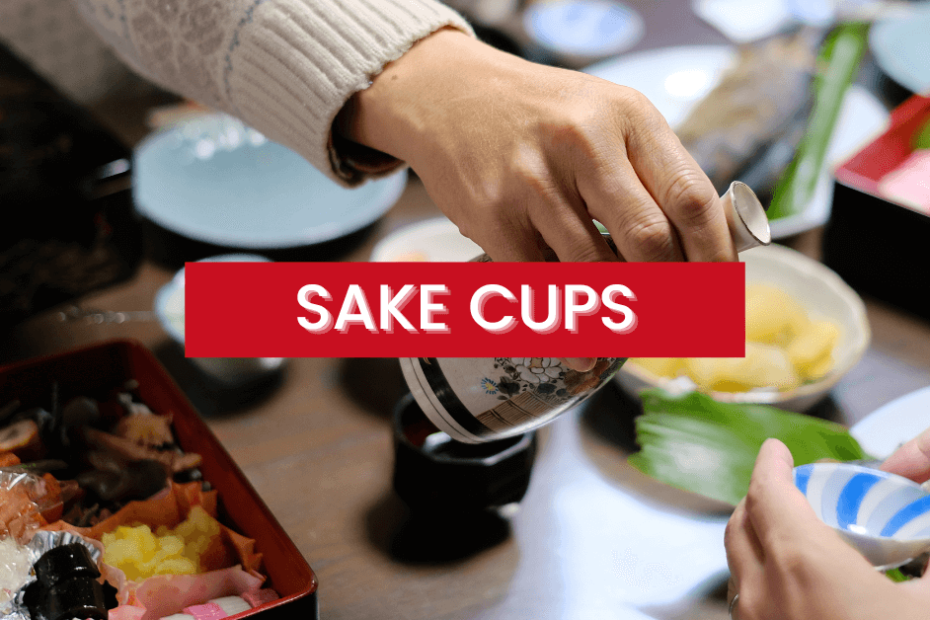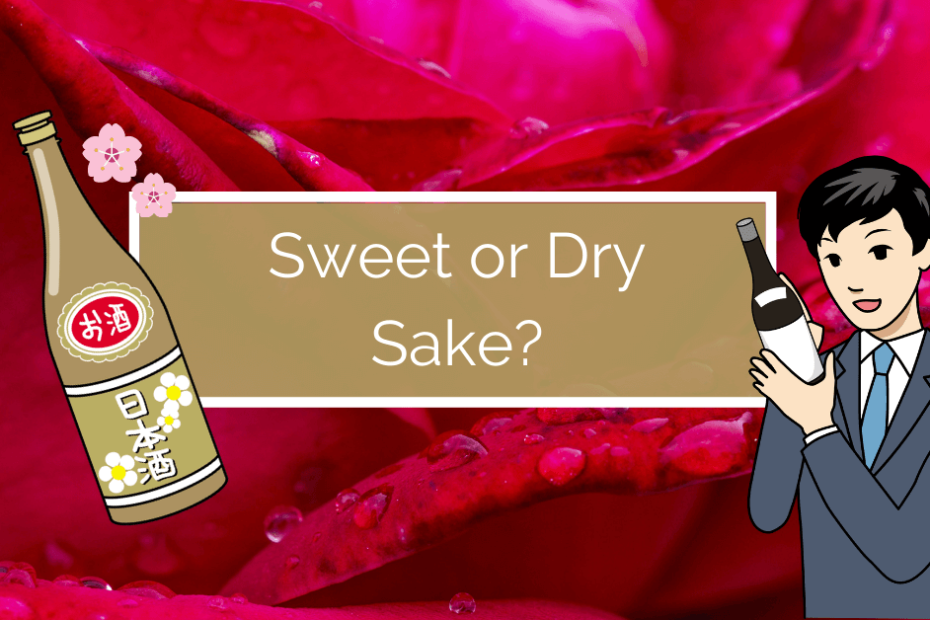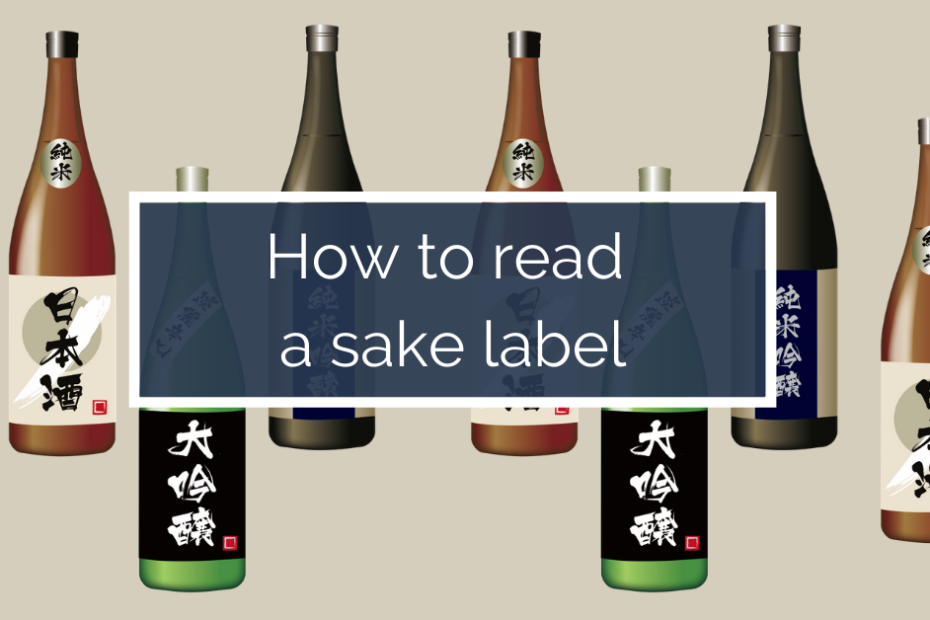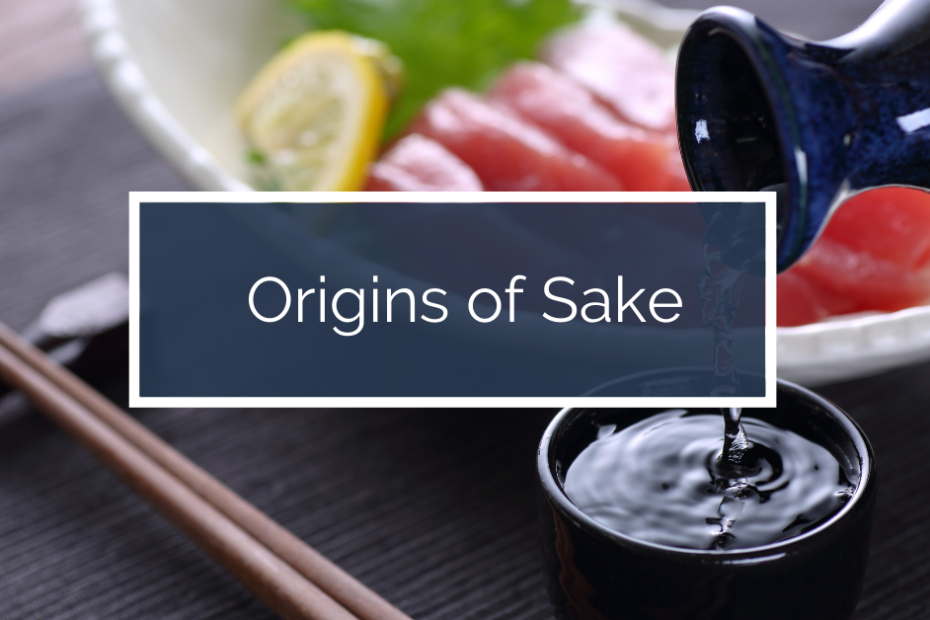Sake Cups
Different kind of sake cups You’ve bought your bottle of sake/nihonshu but you realized that you don’t have any sake cups, those cups were you probably enjoyed in a Japanese restaurants. What should I do? What kind of glass should I enjoy my sake with? Are there different ways to enjoy sake? From traditional to modern cups, sake is most typically enjoyed in sakazuki, guinomi, ochoko, masu or even in a wine glass! Let’s check them out! SaKAZUKI sake cups Sake served in Sakazuki cup during a Japanese traditional ceremony Sakazuki is a type of traditional Japanese sake cup that has been used for centuries in Japan. The term “sakazuki”… Read More »Sake Cups



